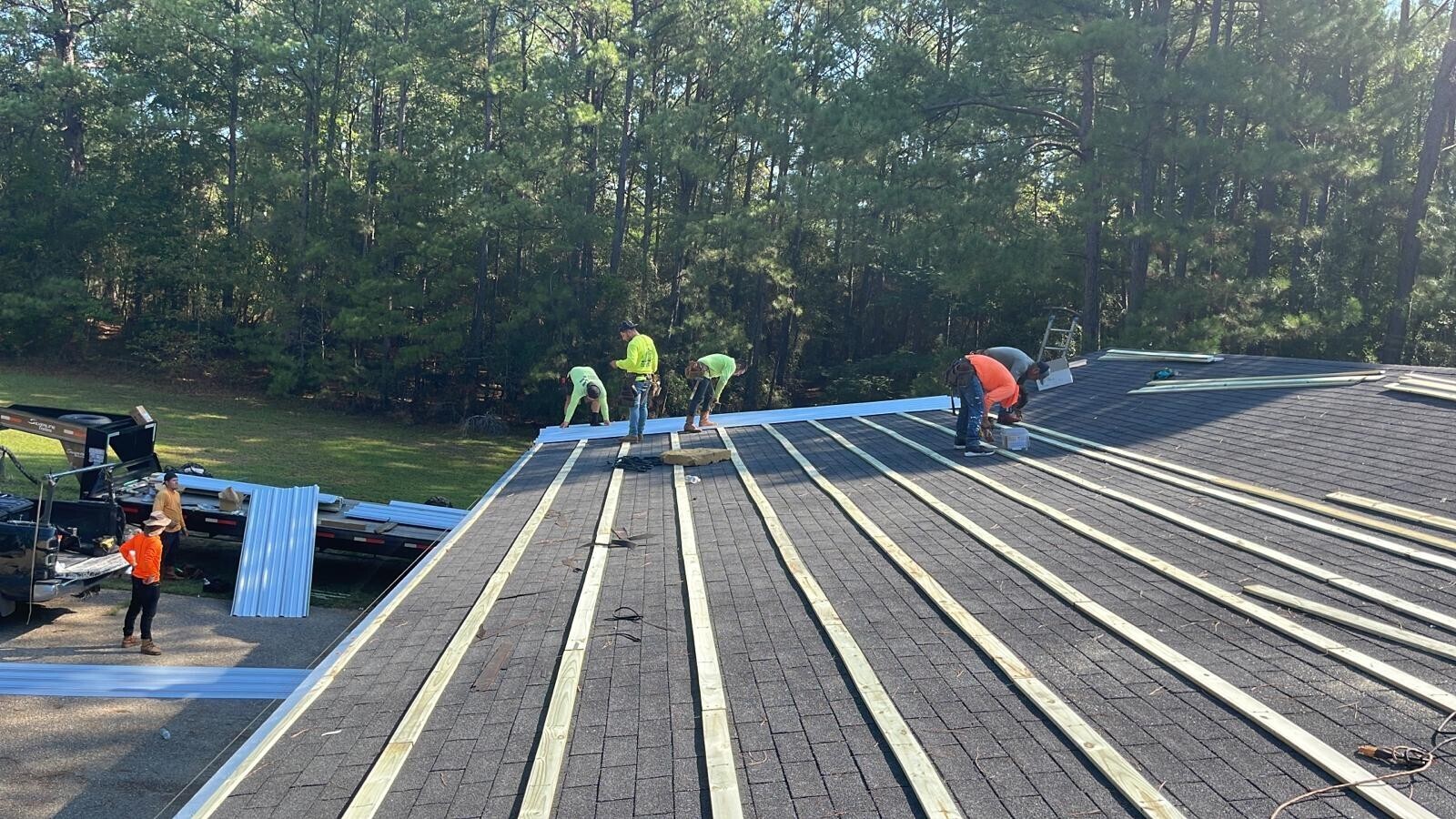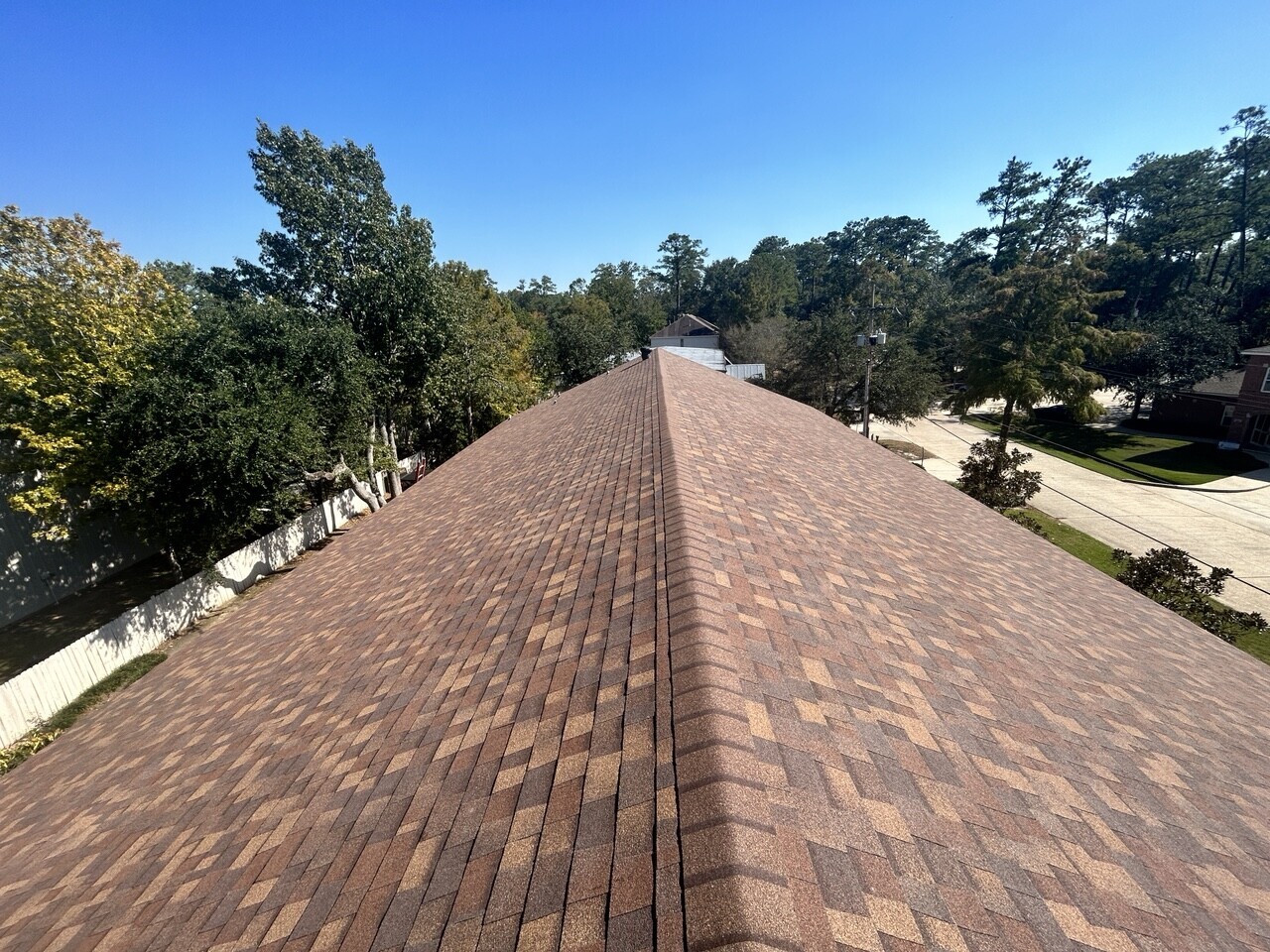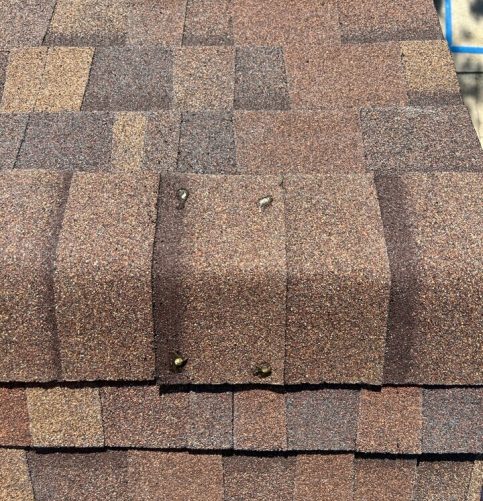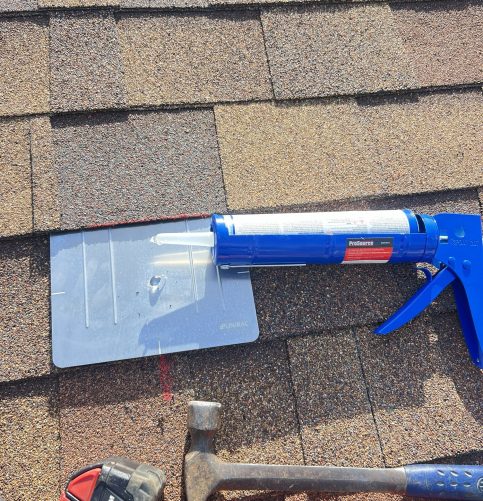What is a Steep Slope Roof System?
A steep slope roof system is designed for roofs with a pitch of 3:12 or greater, meaning the roof rises at least three inches for every twelve horizontal inches. These roofs are commonly found in both residential and commercial buildings that require enhanced drainage to handle rain and snow runoff effectively. Steep slope roofs are constructed using a variety of materials, including asphalt shingles, metal roofing, slate, tile, and synthetic options, each offering unique benefits in terms of performance, appearance, and durability.
Steep slope systems are ideal for commercial buildings that want to add an aesthetically pleasing design element while ensuring strong weather resistance and easy drainage. The design of a steep slope roof allows for better water runoff, preventing the accumulation of standing water, which is one of the main causes of leaks in low-slope or flat roofs


How Does a Steep Slope Roof System Work?
A steep slope roof system relies on the design of its pitch, which encourages water and snow to slide off rather than accumulate. The roofing materials are selected to complement this drainage system, ensuring that water is efficiently directed away from the building.
These roofs are often constructed with overlapping materials such as shingles or tiles that provide a durable, water-resistant barrier. Flashing is typically used around roof edges, chimneys, and skylights to create a seamless seal and prevent water infiltration.
Steep slope systems can also feature insulation to improve energy efficiency, helping to regulate indoor temperatures year-round.

Benefits of Steep Slope Roof Systems
- Improved Water Drainage: The steep pitch of the roof promotes rapid water runoff, preventing water from pooling on the roof and reducing the risk of leaks, mold, or structural damage.
- Long Lifespan: Steep slope roofs made with high-quality materials, such as metal, slate, or tile, are known for their durability and can provide protection for 50 years or more with proper maintenance.
- Aesthetic Appeal: Steep slope roofs offer an attractive appearance and can add architectural value to your building. Various materials such as slate, tile, and architectural shingles provide different looks, from traditional to modern.
- Weather Resistance: The angle of a steep slope roof makes it more resilient against harsh weather conditions, including high winds, heavy snow, and rainfall. The materials used, especially in high-quality systems, are built to withstand the elements.
- Energy Efficiency: Steep slope roofs can be designed with materials that enhance the energy efficiency of your building. For instance, metal roofs or reflective shingles can help reduce heat absorption and keep the interior cooler in warmer climates.
- Increased Property Value: A well-installed steep slope roof can increase the value of your property due to its visual appeal, longevity, and low maintenance requirements.
When to Use a Steep Slope Roof System
Steep slope roofing systems are ideal for:
Commercial Buildings:
Offices, retail stores, restaurants, and even industrial facilities with aesthetic or structural needs for a pitched roof can benefit from steep slope roofs. These systems are particularly common in areas where water drainage and snow accumulation are concerns.
A New Construction
Steep slope roofs are often the preferred choice for new commercial buildings that need to adhere to specific architectural styles or local building codes that require pitched roofs.
Historical Renovations
Many older buildings or structures in historical districts may require steep slope roofing systems to maintain authenticity and comply with preservation regulations.
Regions with Snow or Heavy Rain
Areas that experience significant snowfall or heavy rainfall benefit from the superior drainage properties of steep slope roofs, which reduce the risk of water damage.
Steep Slope Roof Repairs and Maintenance
While steep slope roofs are durable, they still require routine maintenance and occasional repairs to ensure long-lasting protection. Here’s what you need to know about maintaining your steep slope roof:
Check your roof for missing shingles, cracked tiles, or other visible damage that may allow water to infiltrate the roof. Annual inspections are recommended to catch issues before they become major problems.
Keep gutters, downspouts, and valleys clear of debris like leaves, branches, and dirt. Blocked drainage can lead to water buildup and potential leaks.
If shingles or tiles become cracked, loose, or damaged, they should be replaced promptly to avoid leaks. Steep slope roofs are usually easier to repair than low-slope roofs, as access is more straightforward.
Flashing around roof penetrations (such as chimneys, vents, and skylights) should be inspected regularly for signs of wear. Seals around flashing should be checked and replaced if necessary to prevent leaks.
In colder climates, remove excessive snow and ice from the roof to prevent damage or dangerous ice dams that can cause leaks. This is especially important for buildings with steep-pitched roofs that may accumulate snow.
If your steep slope roof is made of metal, periodic repainting or recoating may be necessary to protect against rust, fading, or wear from UV rays.


Why Choose Us
At The Next Commercial Roof Division, we specialize in steep slope roof system installation, maintenance, and repairs. Whether you're designing a new commercial building or replacing an old roof, our team can provide you with durable, aesthetically pleasing roofing solutions that will stand the test of time and protect your property from the elements.
- Experience You Can Trust
- Expert Team
- Quality Materials
- Comprehensive Solutions
